Growing Demand for Cost Efficiency
The Hardware Asset Management Market is experiencing a notable surge in demand for cost efficiency. Organizations are increasingly recognizing the financial benefits of effectively managing their hardware assets. By optimizing asset utilization and reducing unnecessary expenditures, companies can achieve substantial savings. According to recent data, businesses that implement robust hardware asset management strategies can reduce costs by up to 30%. This trend is particularly evident in sectors such as IT and telecommunications, where hardware investments are significant. As organizations strive to enhance their bottom line, the focus on cost-effective asset management solutions is likely to intensify, driving growth in the Hardware Asset Management Market.
Regulatory Compliance and Risk Management
The Hardware Asset Management Market is increasingly shaped by the need for regulatory compliance and effective risk management. Organizations are under pressure to adhere to various regulations concerning data protection and asset management. Failure to comply can result in severe penalties and reputational damage. Consequently, businesses are investing in hardware asset management solutions that facilitate compliance tracking and reporting. The market is witnessing a shift towards integrated solutions that not only manage assets but also ensure adherence to regulatory standards. This trend is expected to drive growth in the Hardware Asset Management Market, as companies prioritize risk mitigation and compliance in their operational strategies.
Increased Focus on Sustainability Practices
The Hardware Asset Management Market is witnessing a growing emphasis on sustainability practices. Organizations are increasingly aware of their environmental impact and are seeking ways to minimize waste associated with hardware assets. This includes adopting practices such as recycling, refurbishing, and responsible disposal of outdated equipment. Companies that implement sustainable asset management strategies not only enhance their corporate social responsibility but also improve their brand image. Recent studies indicate that businesses prioritizing sustainability in their asset management practices can experience a 15% increase in customer loyalty. This trend is likely to propel growth in the Hardware Asset Management Market as organizations align their operations with sustainability goals.
Technological Advancements in Asset Tracking
The Hardware Asset Management Market is benefiting from rapid technological advancements in asset tracking solutions. Innovations such as RFID, IoT, and AI are transforming how organizations monitor and manage their hardware assets. These technologies enable real-time tracking, automated inventory management, and predictive maintenance, enhancing operational efficiency. As organizations seek to leverage these advancements, the demand for sophisticated hardware asset management solutions is likely to increase. Recent market analyses suggest that the integration of these technologies could lead to a 20% improvement in asset utilization rates. This trend underscores the importance of adopting cutting-edge technologies in the Hardware Asset Management Market.
Rise of Remote Work and Digital Transformation
The Hardware Asset Management Market is significantly influenced by the rise of remote work and ongoing digital transformation initiatives. As organizations adapt to new work environments, the need for efficient management of hardware assets becomes paramount. Companies are investing in asset management solutions to track and manage devices used by remote employees. This shift has led to an increase in demand for software that can provide real-time visibility into hardware assets, ensuring compliance and security. Recent statistics indicate that the market for hardware asset management solutions is projected to grow at a compound annual growth rate of 12% over the next five years, reflecting the urgency of addressing these evolving workplace dynamics.


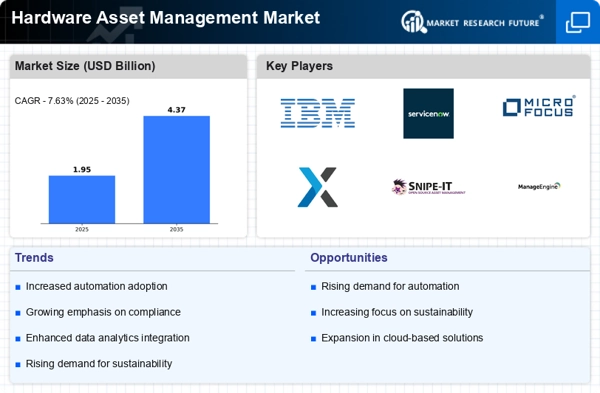
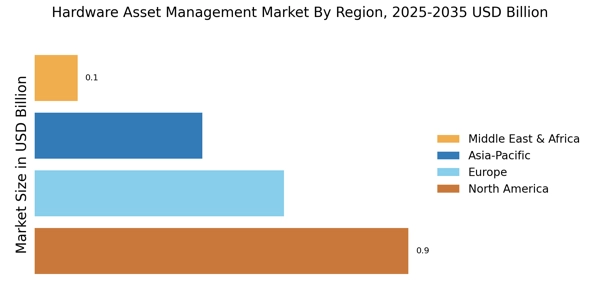
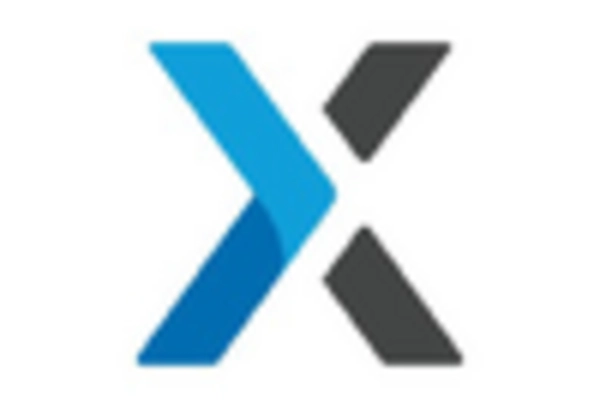

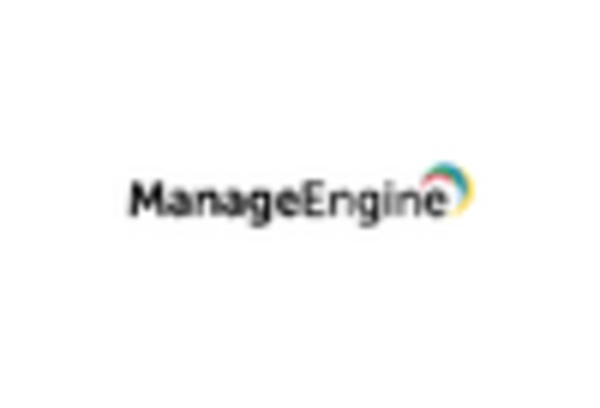
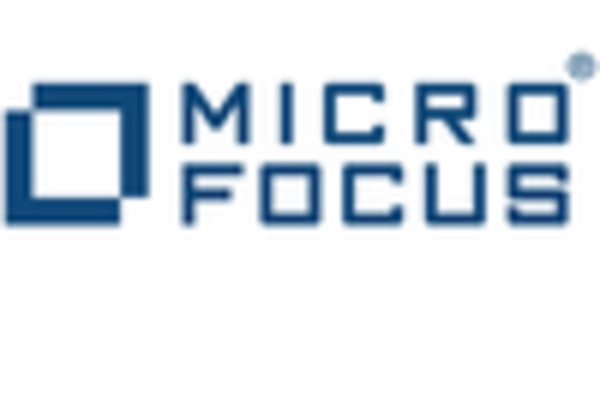
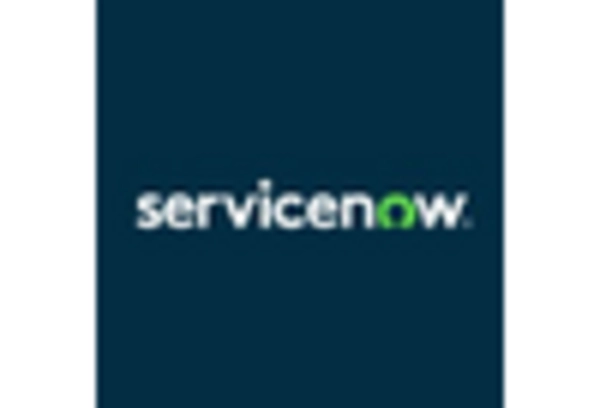
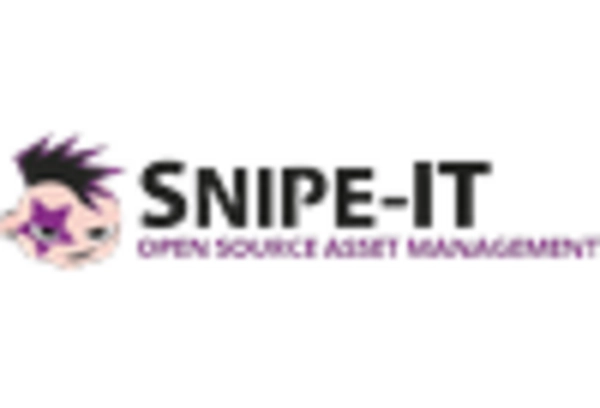








Leave a Comment